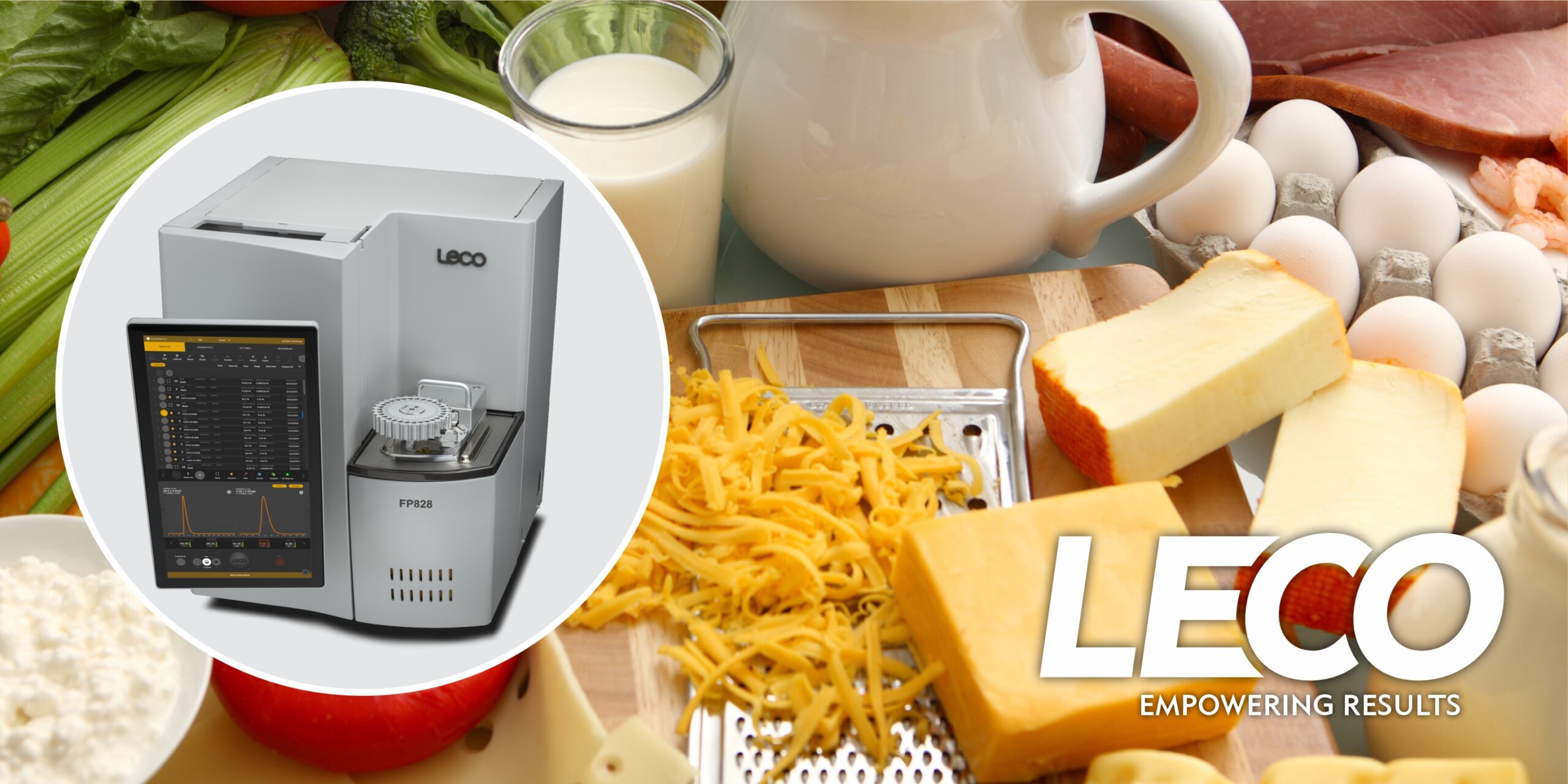GC-MS has proven its worth as a powerful analytical tool in many labs around the world, but this technology has more uses than routine analyses. LECO partnered with The Analytical Scientist, Restek, Axel Semrau, and GL Sciences, to launch an Application Challenge to find the most impressive uses of GC-MS technology, and we’ve never been more excited about the future of this field. From paint varnish to water quality, GC-MS is proving useful in more places than we’ve ever imagined.

The Application Challenge entrants were judged by a panel of experts: Robert K. Nelson, James Harynuk, Susan Richardson, Hans-Gerd Janssen, Giorgia Purcaro, Erich Leitner, Jaap de Zeeuw, and Robert Trengove. Four winners were selected:
- Best Novel Application: Dmitry Koluntaev
- Excellence in Chromatography: Anika Lokker
- Creative Use of Application Workflows, Sample Prep, & Automation: Flavio A. Franchina
- Special Recognition: Katelynn Perrault
When one thinks of modern laboratory analysis, studying the here and now is usually what comes to mind. Whether it’s determining aroma profiles or testing for biomarkers in breath samples, today is studied for a better tomorrow. Not all analyses are done on current samples, though, and Dmitry Koluntaev had the opportunity to take a look into the past with GC-MS.

Museums around the world are full of priceless artifacts cataloguing the history of humanity and staffed with experts tasked to preserve those artifacts for the future. Conservation and restoration of historical objects is an incredibly sensitive and delicate field, especially when it comes to works of art that are, by their nature, irreplaceable. Dmitry, who has always been interested in history, was excited when a restorer approached him to ask for help examining some varnish from two objects—a chest lid and a book cover—to determine the safest way to remove it without damaging the decoration beneath.
 Varnishes are, at their core, resins dissolved in drying oils, though while their compositions are similar, their exact makeup can vary over a wide spectrum. Knowing what a specific varnish is composed of allows restorers to correctly address condition issues with an item. However, as this varnish is on a priceless object, only a very small sample can be taken, so as not to damage the larger object as a whole. When your test sample is limited from the outset, a good analysis of reference materials is critical to obtaining useful results.
Varnishes are, at their core, resins dissolved in drying oils, though while their compositions are similar, their exact makeup can vary over a wide spectrum. Knowing what a specific varnish is composed of allows restorers to correctly address condition issues with an item. However, as this varnish is on a priceless object, only a very small sample can be taken, so as not to damage the larger object as a whole. When your test sample is limited from the outset, a good analysis of reference materials is critical to obtaining useful results.
To learn more about how Dmitry approached this challenging application, read his interview with The Analytical Scientist and download his application note on their website. The other three winners will be highlighted in upcoming interviews, or you can read the May/June 2023 print issue of The Analytical Scientist to learn about all four winning applications.
Read the Interview



